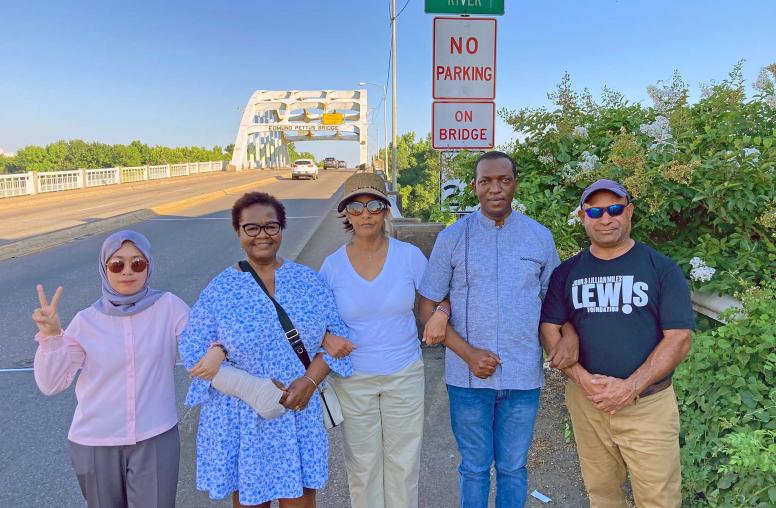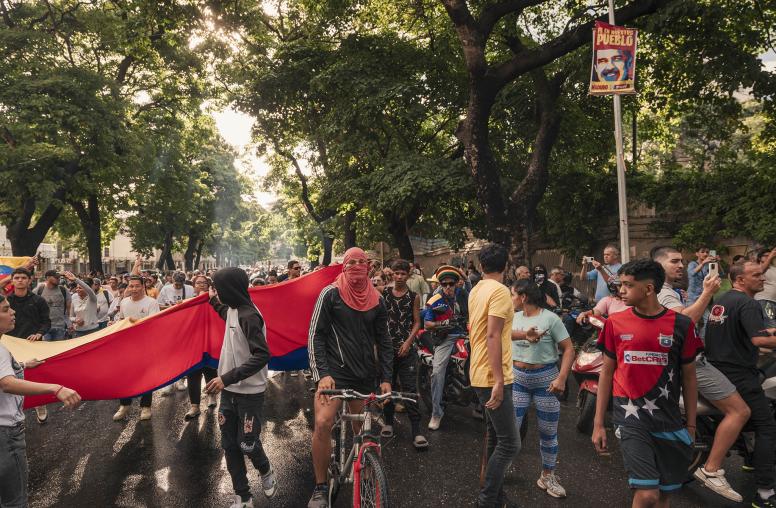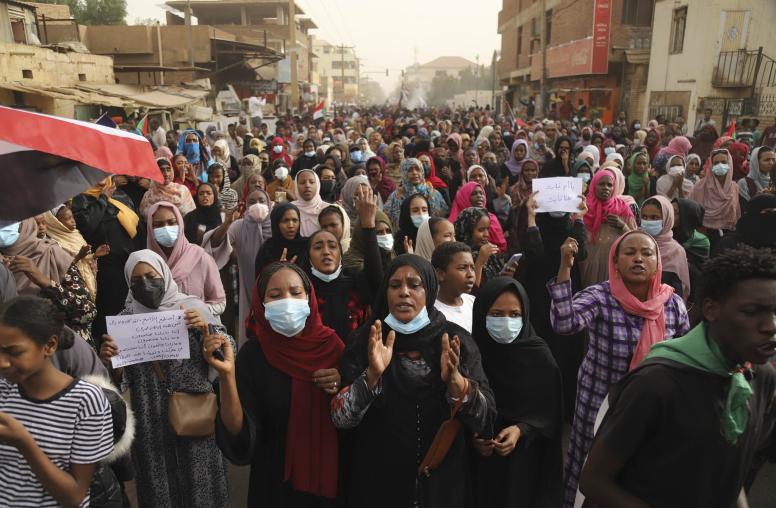Women and Youth in Nonviolent Action Campaigns
An Intersectional Approach
Women and youth activists are routinely found on the front lines of the world’s most impressive nonviolent action campaigns, such as the ongoing protests in Iran. And research shows that women and youth can help movements: Nonviolent campaigns featuring extensive women and youth participation earn greater popular support and are associated with an increased likelihood of success, both in the immediate campaign and in pursuing subsequent democratic reforms.
However, women and youth also face persistent obstacles to participation — not just in civic movements, but also in the political transformations that follow. In addition, gender and youth identities are usually considered separately, so their intersection remains poorly understood. Men and women, both young and old, each face different opportunities and constraints, with implications for nonviolent campaign strategy and outcomes.
On January 10, USIP hosted a discussion on the dynamics of women and youth activism in contemporary nonviolent movements. The conversation featured researchers and activists as they reflect on why participation from women and young people helps movements succeed, how women and youth participation in civic movements has evolved over time, and the challenges that women and youth face in their efforts to build better futures.
Continue the conversation on Twitter using #PeoplePower4Peace.
Speakers
Jennifer Earl
Professor of Sociology, University of Arizona
Isabella Picón
Director of Participation and Alliances, Mi Convive
Marwa Louati
Facilitator, Synergizing Nonviolent Action and Peacebuilding, U.S. Institute of Peace
Emily Ritter
Associate Professor of Political Science, Vanderbilt University
Matthew Cebul, moderator
Research Officer, Nonviolent Action and Peacebuilding, U.S. Institute of Peace


